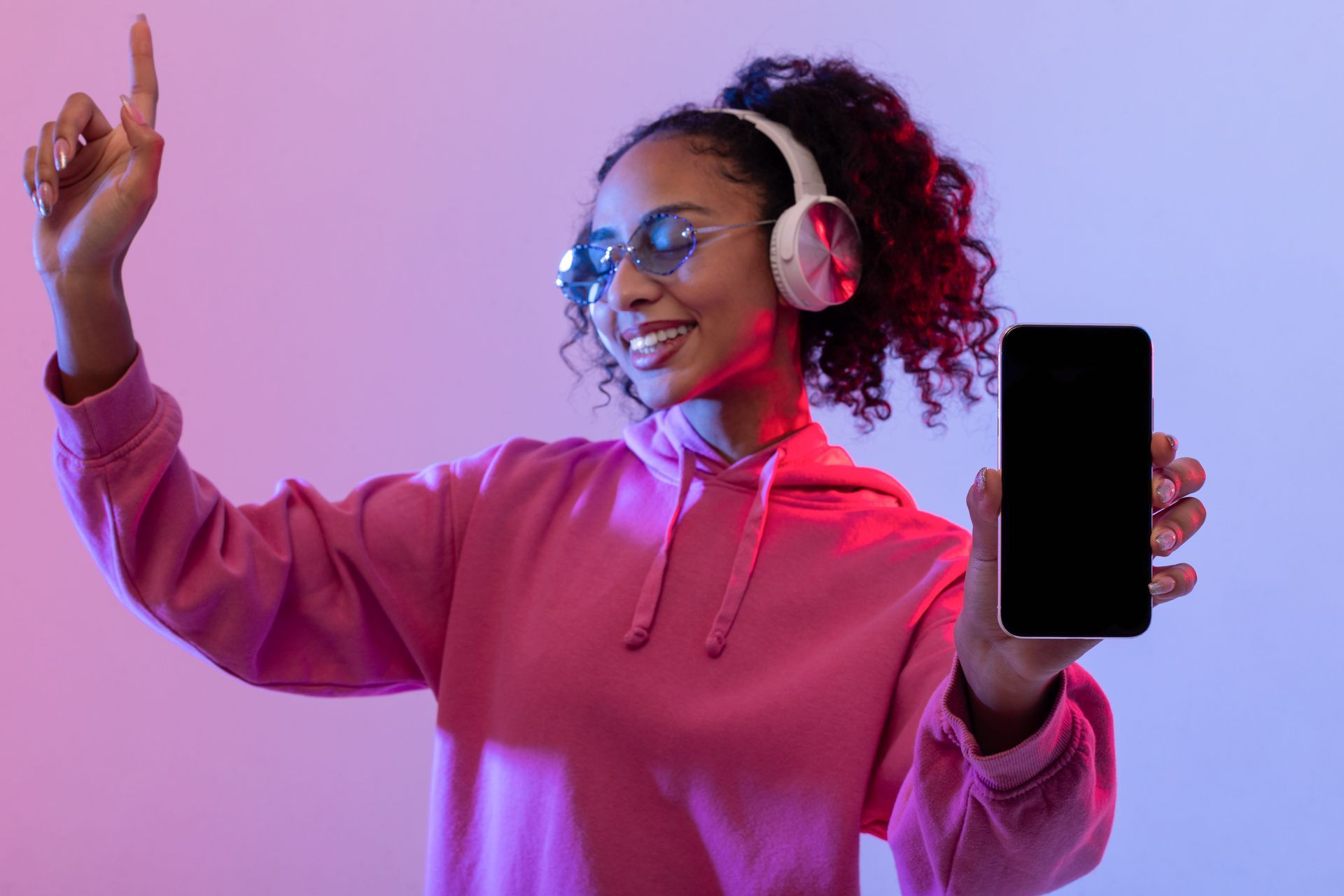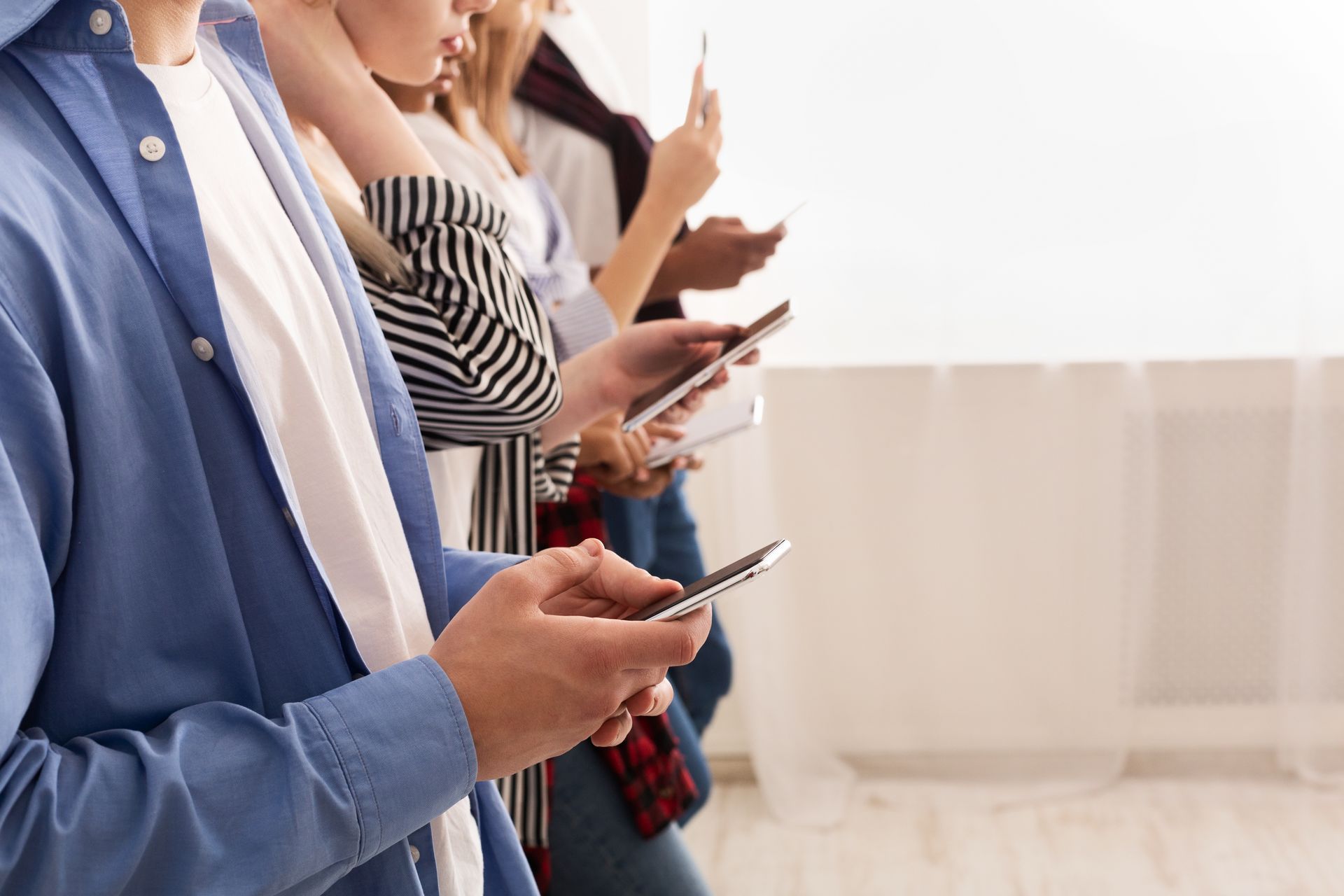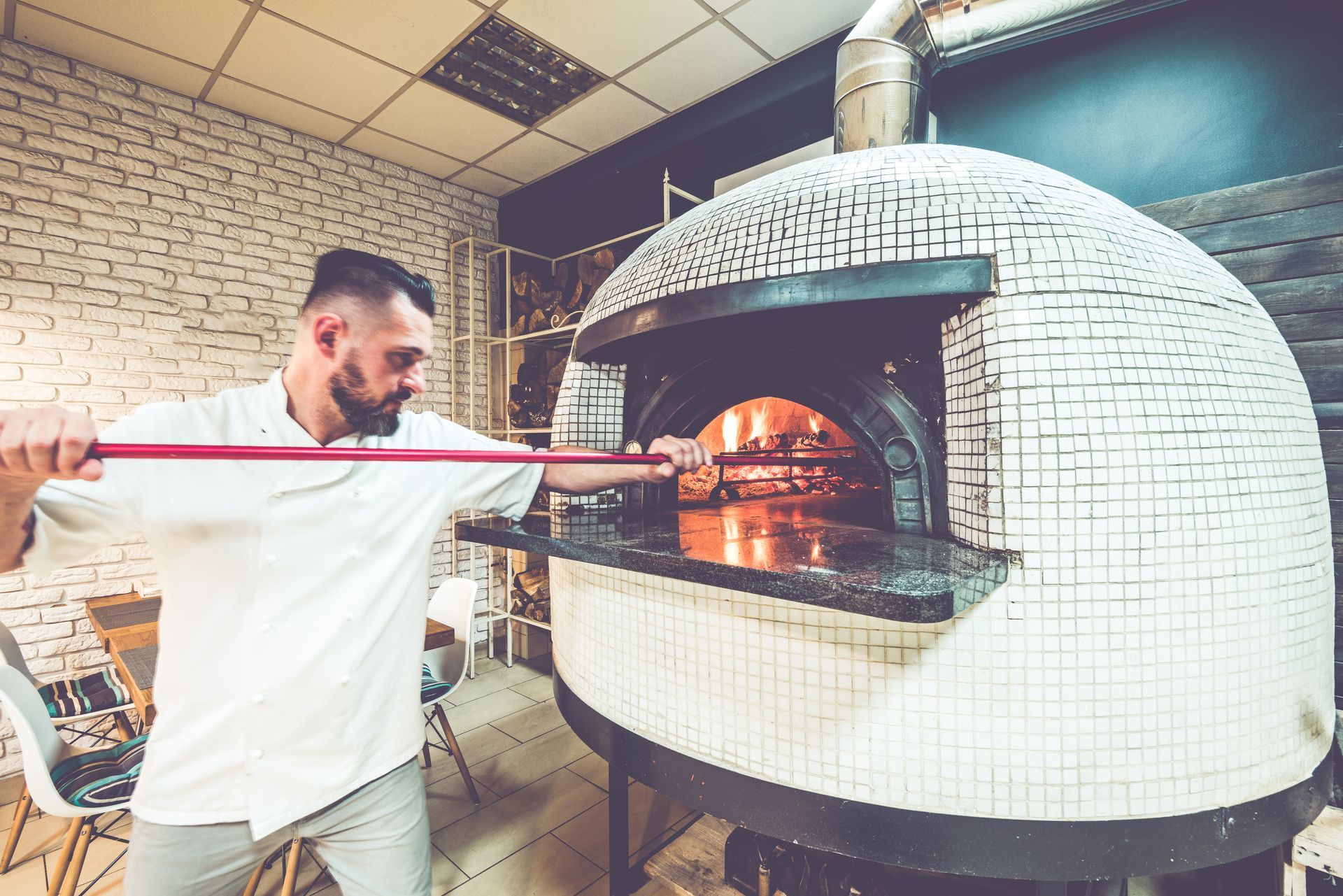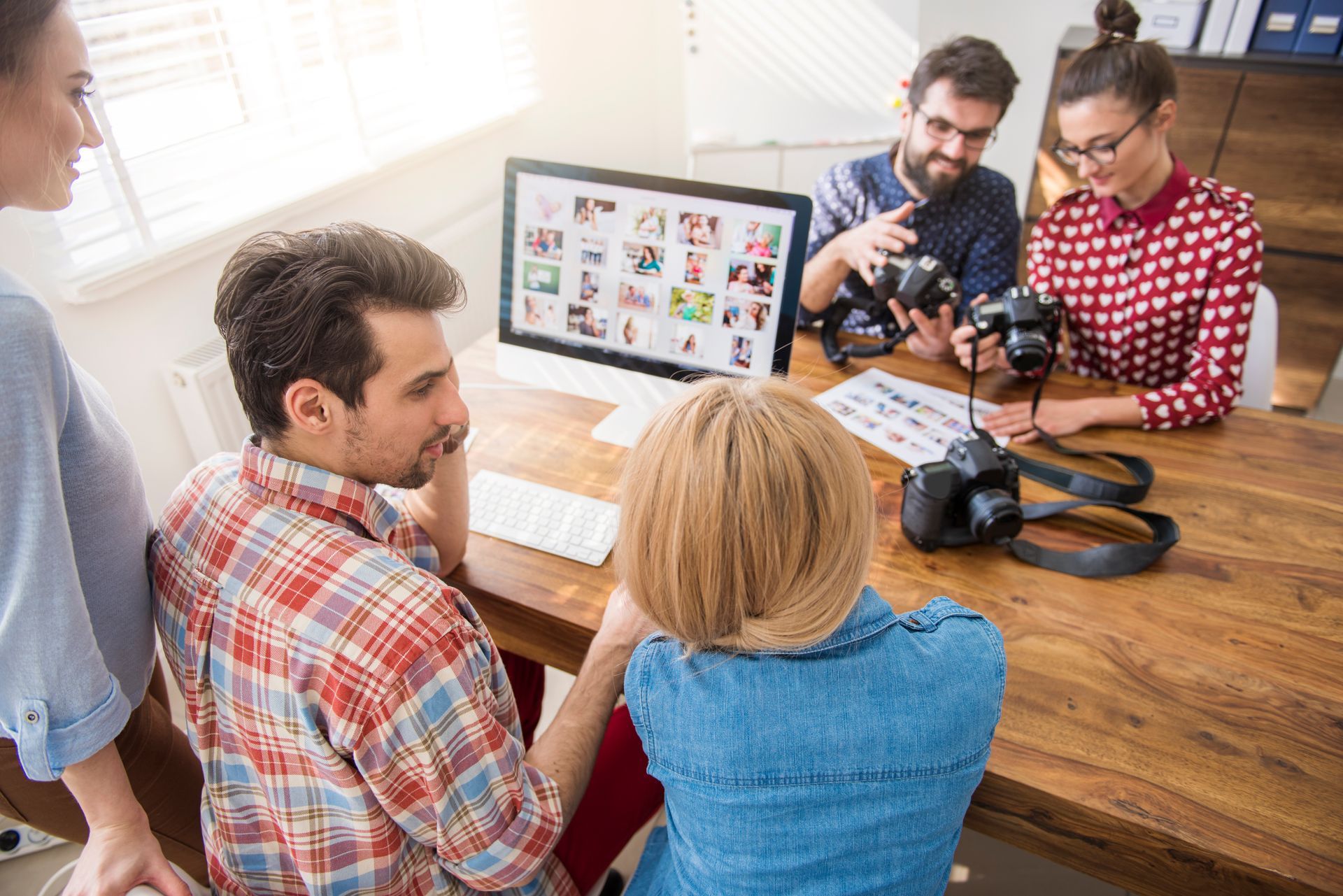All about Audio: How Digital Audio is Transforming Online Marketing
Alexa, how is digital audio shaping online marketing? Digital audio, or audio content such as online radio or podcasts, has been taking the digital marketing world by storm - and for good reason. Keep reading to learn about the benefits of using this marketing method, as well as finding out what lies ahead for digital audio’s future.
Digital Audio Captivates Audiences and Increases Ad Recall
Strengthen both your General Market and Multicultural Marketing Plans
Digital audio has never been as popular as it is now, with roughly 60% of Americans listening to online radio weekly - up from only 17% in 2010. From Amazon Alexa, Sonos, the Apple Homepod, and more, devices for consumers to listen to their favorite online music and radio shows have also been popping up as smart speakers continue to grow in popularity, with consumers now having plenty of options to choose from. In fact, according to 2019 data from Pew Research, one quarter of U.S. adults say they own a smart speaker in their home, with adults under the age of 50 being more likely to have one (29% vs. 19%). Aside from age, income also plays a key role in the likelihood of owning a smartspeaker, with numbers showing that 34% of Americans with household earnings of $75,000 or more saying they have a smartspeaker, compared to only 15% of those whose annual household income is below $30,000.
Smartspeaker adoption is also influenced by lifestyle interests and demographic factors. For instance, a Nielsen survey reported that Hispanic consumers were more likely to own a smart speaker when compared to the general market population, and 58% of Hispanics expressed an interest in purchasing a smart speaker if they didn’t own one already - compared to only 36% of non-Hispanic white consumers. Given this major difference, why are Hispanics so interested in smart speakers?
Data from the study also showed that the Latino market outpaces whites in both interest and current use for music streaming services, explaining why their adoption rates and purchase intent is much higher. Driving this point further, consumers belonging to minority groups are also almost 50% more likely to be interested in music streaming services - paralleling their interest in smart speakers to play their favorite music. Cultural and lifestyle preferences play an important role when it comes to new tech adoption, especially in the case of smart speakers, which are primarily used for listening to music or talk shows - both in English and Spanish in the case of Hispanic market audiences.
What Lies Ahead for Digital Audio Marketing?
Currently, more than three-quarters of U.S. internet users listen to digital audio by streaming music, listening to online radio, using podcast platforms, etc. Whether listeners are putting their headphones on as they walk their dog down the street, when they drive on their daily commutes, or as they clean up around their house, the primary content they’re exposed to is what they’re listening to, which is usually through mobile - making it a great way to reach consumers as mobile usage rates continue to soar. While mobile in-app use continues to exceed new heights, audio makes up the largest portion of daily time spent in mobile apps. On average, U.S. adults spend roughly three hours a day across their mobile apps, with about 53 minutes of this time spent allocated to audio apps from the likes of Pandora, iHeartRadio, Spotify, and more.
Looking to the future, both listeners and marketers alike are embracing digital audio not only thanks to its targeting capabilities, but also for the
contextual relevance
that digital audio ads can leverage. By having the ability to place an ad on an audio channel that aligns with a particular brand or business, companies can reach consumers who have relevant interests and needs. As a result, brands can develop strategic plans to reach their desired audiences across genres, publishers, hosts, and artists. Within digital audio, marketers and business owners can then get even more specific by selecting the best ad type for niche campaigns or audiences, from recorded pre-recorded ad spots, native podcast or digital radio ads, and branded audio content.
Digital audio’s targeting abilities, contextual relevance, and adaptability are all reasons for recent increases in spending going toward this ad type. According to the Interactive
Advertising Bureau (IAB), total audio ad spending in the U.S. increased by an impressive 22% percent from 2017 to 2018 alone, with mobile ad spending increasing twice as much as desktop spending (U.S. podcast advertising alone is on pace to top
$1 billion
in the next year). Long story short, digital audio isn’t going away anytime soon, and businesses who begin leveraging the power of digital audio now will continue to reap the benefits moving forward - especially among younger and multicultural audiences who over index in this category and have plenty of spending years left ahead of them.
How to Get Started with Digital Audio Advertising Today
If you’re reading this article, it’s likely that you’ve already heard of or dabbled in the world of digital audio, whether it’s through listening to internet radio, your favorite podcasts, or the multitude of music streaming apps that are now widely available. Given the fact that mobile use and smart speaker adoption are on the rise amid an already booming digital audio space, there has never been a better time to get started with adding a digital audio component to your overall digital marketing plan.
Questions? Interested in getting started? Feel free to
contact us today or find a
location near you to get in touch with one of our expert digital marketing consultants for more information. No matter where you’re at with your current marketing plan, we’d be happy to walk you through
our solutions to help you reach your business goals.













